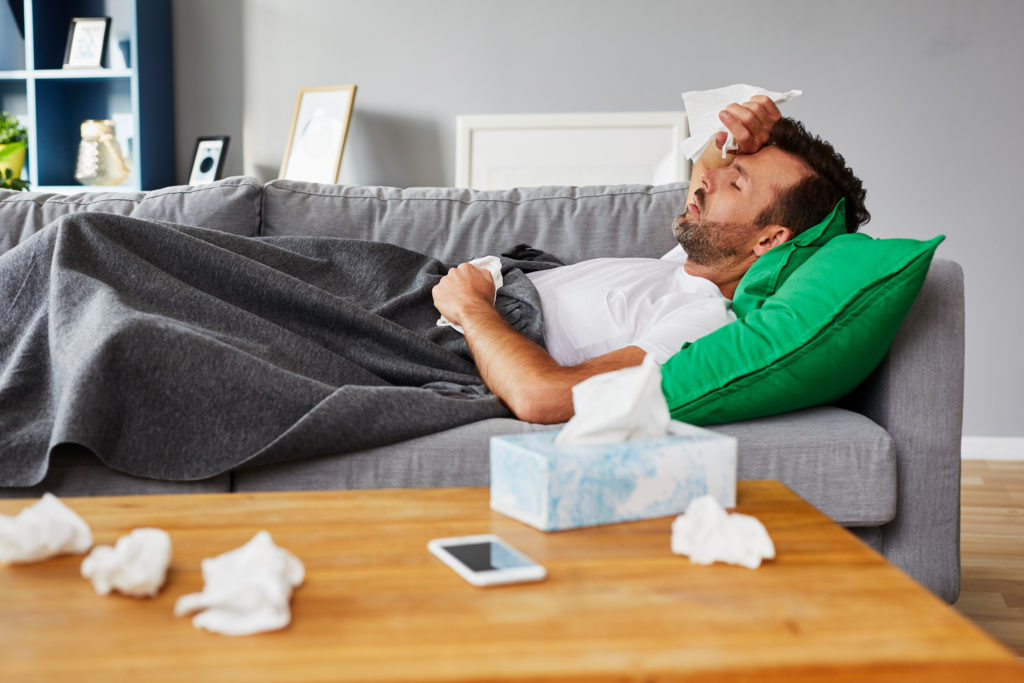How Low Humidity Can Harm Your Health & Home
By definition, humidity is “the concentration of water vapour present in the air.” At first, it may sound like having any humidity in your home would be a bad thing but it’s actually the opposite. Maintaining the proper level in your home is crucial to you and your home’s health.
Ideally, your home’s humidity levels should remain between 40-60%. In this blog post we will discuss how humid levels both low and high can affect the structure of your home and your family’s health.
The effects of low indoor humidity for people

As we previously said, the ideal indoor humidity level is somewhere between 40-60%. When humidity levels are low, it can be a health risk. This is because extended exposure to low humidity can dry out and inflame the mucous membrane that lines your respiratory tract. This puts you at risk for everything from the common cold to more serious illnesses like influenza and other infectious diseases. In addition to this, lower humidity can allow some viruses to live longer, therefore making it more difficult to overcome more minor illnesses.
The eyes and skin can also be affected. When the humidity in our environment is too low, our natural tears evaporate more quickly, leaving our eyes dry and uncomfortable. Low humidity also dries out the skin. This can make conditions like eczema and psoriasis, which are both already unpleasant and uncomfortable, even worse.
How low humidity can damage your home
Low humidity doesn’t just have an effect on those who live in the home—it can have negative effects on the structure of the home as well. In ideal conditions, wood contains a specific amount of water and when it loses too much moisture in dry air, it shrinks. This can cause significant damage to floors and furniture, as well as the shifting of window panes. Also, excess static electricity can be generated, which can cause problems with electrical devices and computers.
How to manage humidity
If the air in your home is consistently dry, you may want to consider installing air conditioning or a humidifier to improve the situation. It’s critical to evaluate the air quality in your home to ensure that you’re doing the right thing and to prevent going too far and encouraging high humidity.
An indoor air quality monitor will show you real-time and historical humidity data, as well as other metrics, so you can see where problems are occurring and where they might occur.
Monitoring Humidity & Indoor Air Quality by Jersey Shore Crawlspace Enhancement
We offer a comprehensive evaluation to monitor the moisture conditions within your crawl space, all the while ensuring that your home is not at risk for issues commonly found in homes with crawl spaces. We perform this evaluation 3 times throughout the year to stay in front of seasonal issues, monitor the moisture conditions, and service your vents to ensure proper ventilation.
Our systems are designed using components that have been hand picked by our highly trained staff in monitoring moisture levels, combating moisture issues, improving indoor air quality, and protecting families and their homes. With over 20 years of dedicated service for our fellow neighbors here on the shore, trust your crawl space to the Jersey Shore’s Crawlspace Pros!
Click the button below to speak to a representative or complete the form at the bottom of this page and a representative will get in touch with you shortly.
